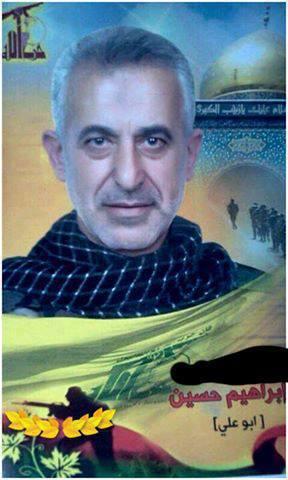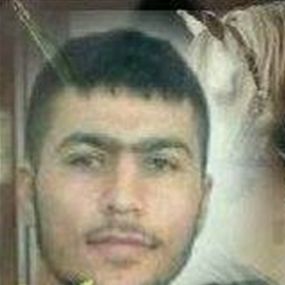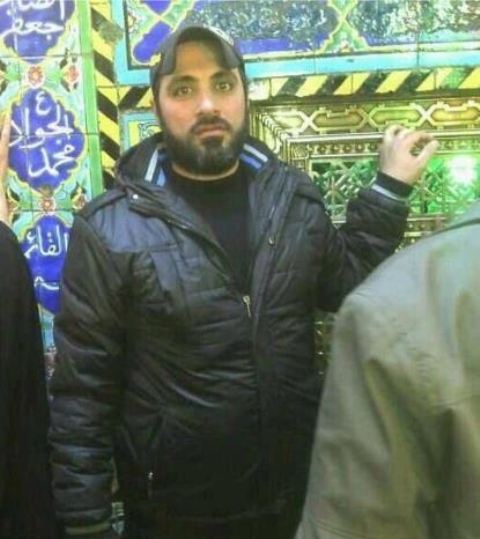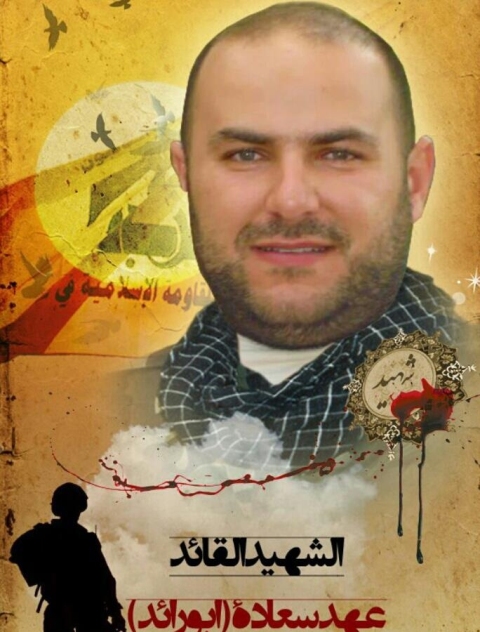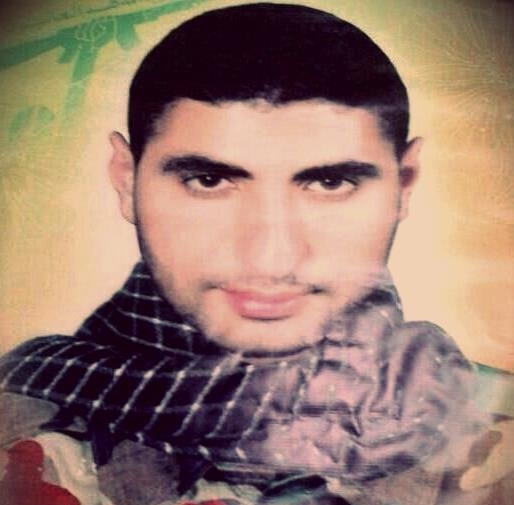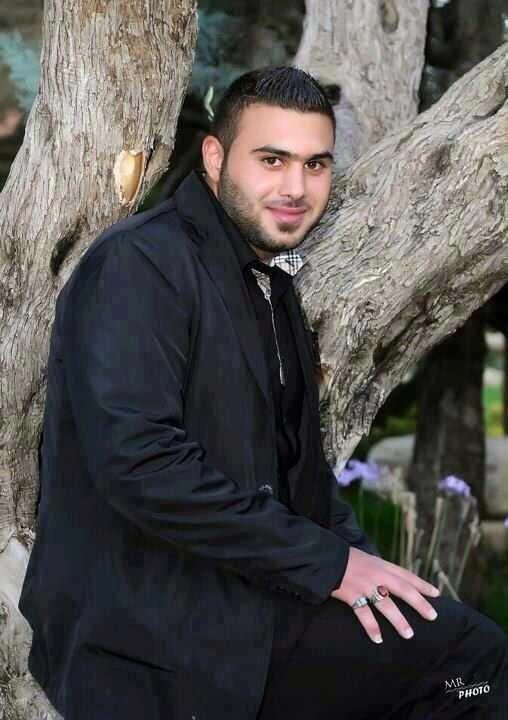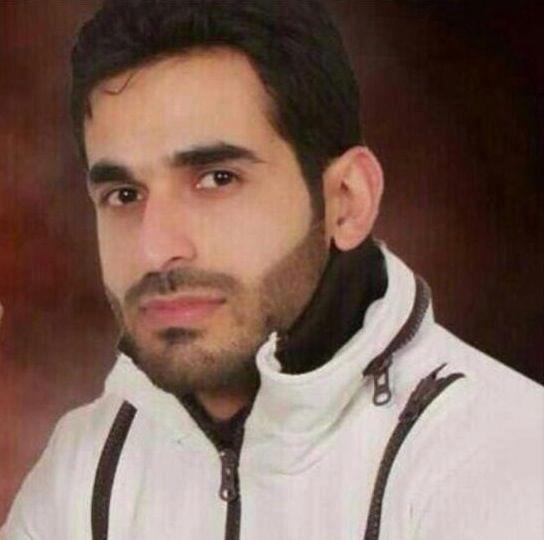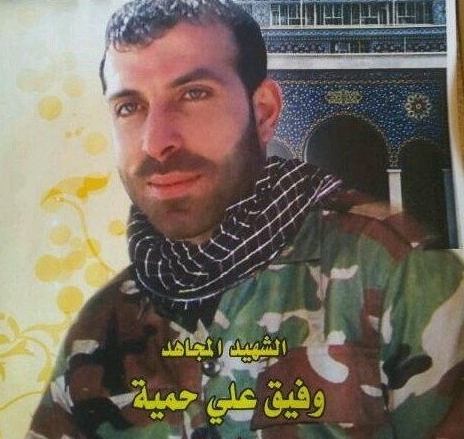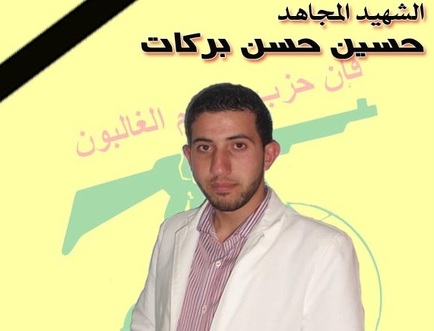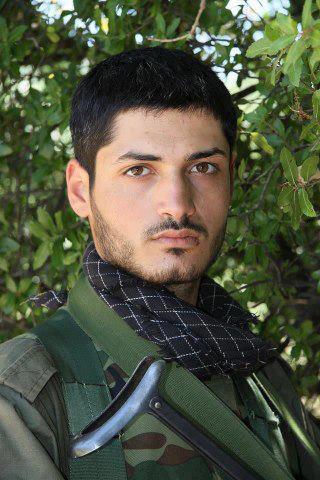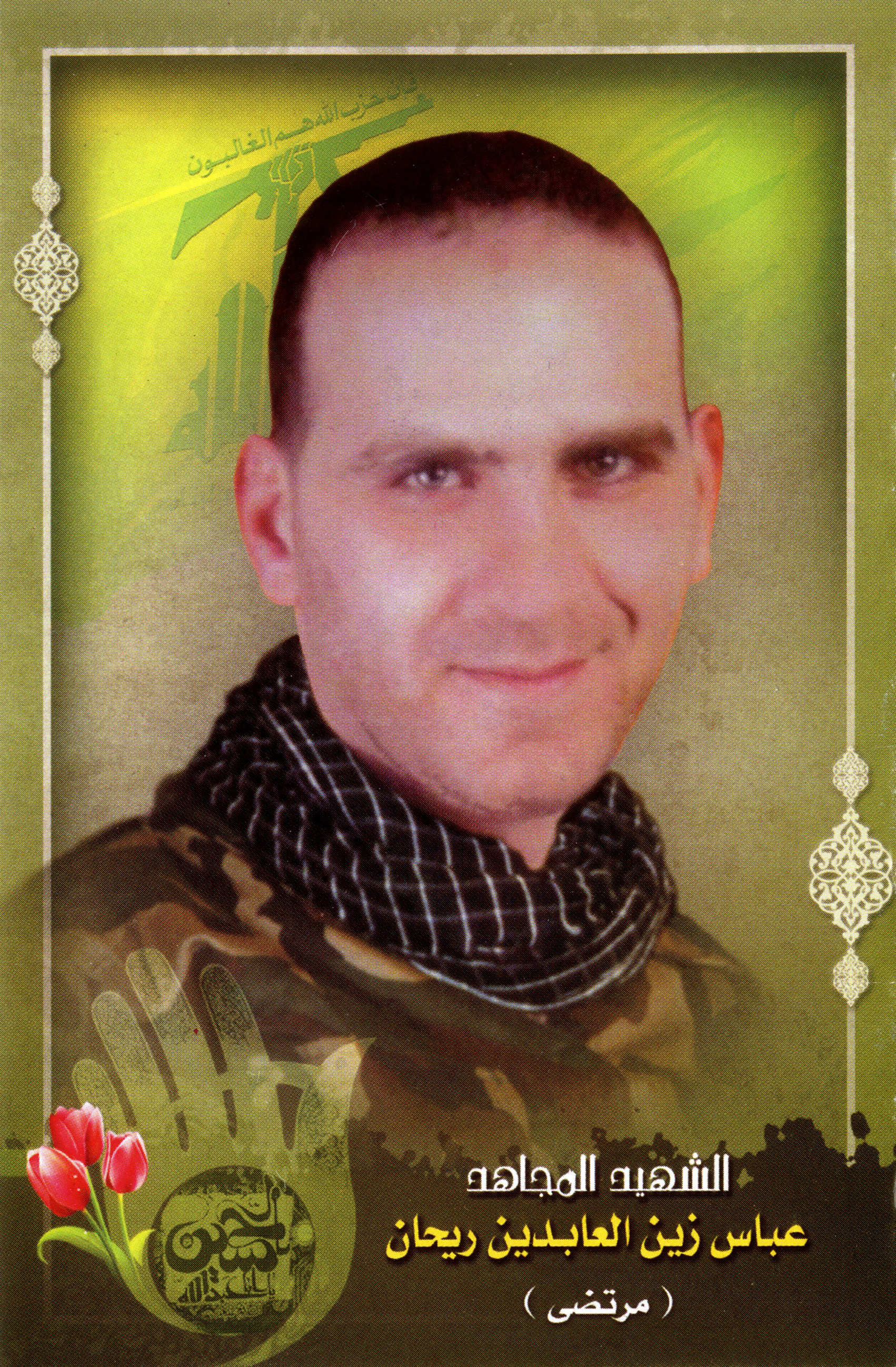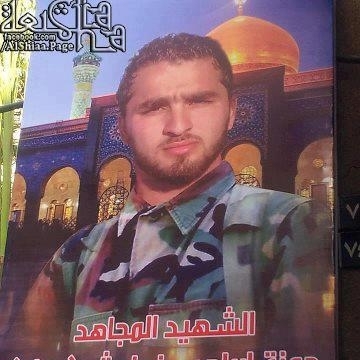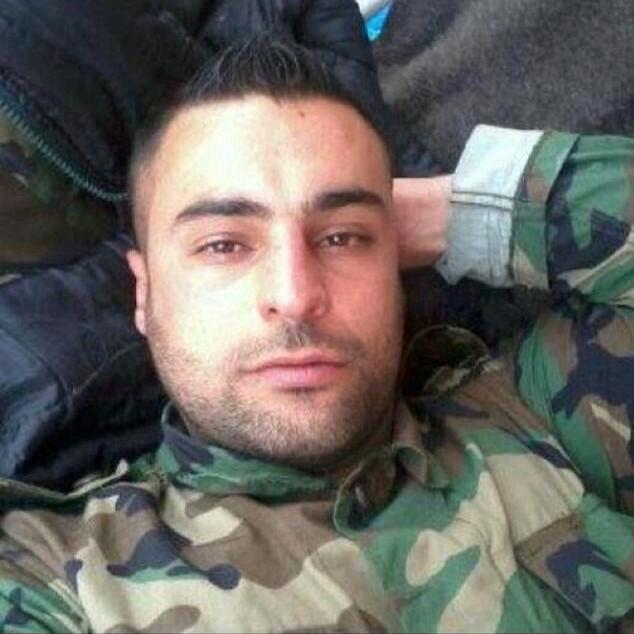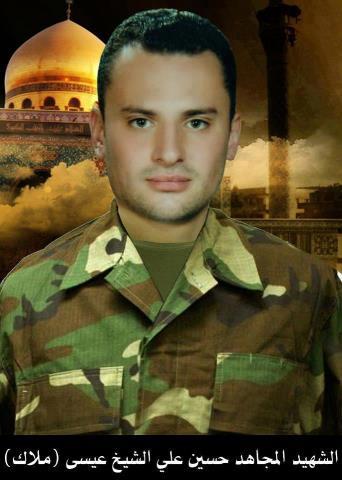While wandering in some quarters of Dahiyeh, it is no longer surprising to spy the slogan “By Hassan and Hussein, Zaynab will not be captured twice!” written on walls. If you Google in Arabic the words “Martyr + guardian + Zaynab,” it is not surprising to read such an announcement: “We are joyful to announce the martyrdom of another sentinel of Sayyida Zaynab, the heroic martyr… Join us in praying for the rest of his soul .” All this could seem enigmatic and having nothing to do with pressing issues like the war taking place in Syria. This literature, however, is in the heart of this war. Defending the Shrine of Sitt Zaynab is, among other reasons, the pretext of Hezbollah’s involvement in Syria.
The Sayyideh Zaynab mosque, also known as the “Sitt Zaynab” mosque, is an Islamic shrine located just outside the Syrian capital city of Damascus. Shia Muslims believe that the mosque is the authentic burial site of Zaynab, the daughter of Imam Ali Ibn Abi Talib and his wife Fatima, the daughter of the Prophet Muhammad. Sunni Muslims, however, believe that she was buried in Cairo. Zaynab, like her father and mother, plays a notable role in how Shia Muslims remember their past and, in turn, understand their current socio-political status. Following the he death of her brother Hussein at the Battle of Karbala, an event which marks the official, irreconcilable split between Shia and Sunni Muslims, Zainab was taken captive by Yazid, her brother’s killer. Certain traditions also claim that Zainab died of humiliation after she was forced by Yazid to march unveiled.
The concept of protecting the Sayyida Zaynab mosque works on two levels: 1. It was a justification for Lebanon’s Shia community to enter the struggle in Syria under the pretenses of protecting its cultural history, and 2. The ongoing protection of the space, particularly after a June 2012 suicide car bombing damaged the site, has become a justification for Shia to continue their armed presence in the country. Hezbollah, as the self-proclaimed protector of the Shia, is the most sensible actor to undertake the protection of one of the most beloved Shia shrines which used to attract thousands of visitors a year. Now Hezbollah is using the deaths of their martyrs to claim that it is necessary for them to stay in the country as the shrine is clearly still ‘under attack.’ In this sense, the Lebanese Shia who are fighting and dying in Syria are not doing so for a political cause nor to support the Syrian regime. They are fighting for their own, Shia, religious cause—the protection of a holy shrine that is a symbol of their people.
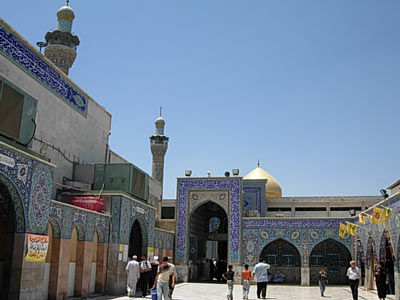 |
|
| The Sayyideh Zeinab Shrine |
The concept of protecting the Sayyida Zaynab mosque works on two levels: 1. It was a justification for Lebanon’s Shia community to enter the struggle in Syria under the pretenses of protecting its cultural history, and 2. The ongoing protection of the space, particularly after a June 2012 suicide car bombing damaged the site, has become a justification for Shia to continue their armed presence in the country. Hezbollah, as the self-proclaimed protector of the Shia, is the most sensible actor to undertake the protection of one of the most beloved Shia shrines which used to attract thousands of visitors a year. Now Hezbollah is using the deaths of their martyrs to claim that it is necessary for them to stay in the country as the shrine is clearly still ‘under attack.’ In this sense, the Lebanese Shia who are fighting and dying in Syria are not doing so for a political cause nor to support the Syrian regime. They are fighting for their own, Shia, religious cause—the protection of a holy shrine that is a symbol of their people.

 Print
Print Share
Share
